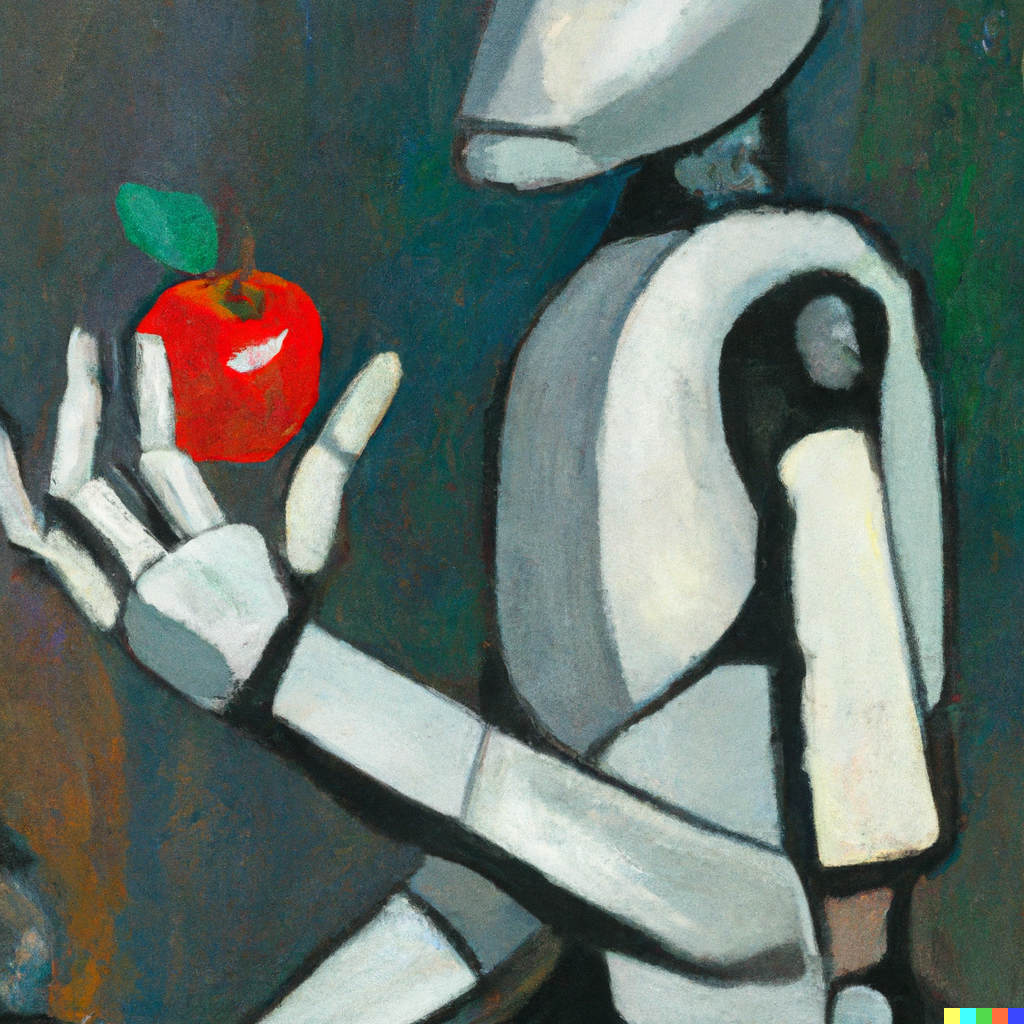
Sponsored By: Brilliant
This article is brought to you by Brilliant, the app that helps you master core concepts behind AI, neural networks, and more in minutes a day.
Somewhere deep in the bowels of Apple Park, there almost certainly exists a secret team of designers working day and night to answer one question:
How should we update iOS to take advantage of AI?
Apple is smart. It knows we’re living through a Cambrian Explosion of technology thanks to AI. It knows user habits and expectations are changing. And it definitely knows that no product category will be spared. Today it may seem like just Google Search is at risk of disruption thanks to products like ChatGPT, but that is just the beginning. Smartphone operating systems will be forced to change, too.
The stakes for Apple couldn’t be higher. The iPhone is the cornerstone of its entire $2.6 trillion dollar empire. Just counting iPhone hardware sales, it makes up half of Apple’s nearly $400 billion in annual revenue. But much of the other half—App Store revenue, AirPods, Apple Watch, etc—directly depend on the success of the iPhone.
In the next few years, there are only two options for the iPhone: adapt, or die. Of course, it will take time for the consequences to fully play out—the iPhone is not going to die anytime soon. Apple’s moat means it doesn’t necessarily need to be the first mover. But it will need to move quickly—and the next few years will be pivotal.
I’ve been an obsessive iPhone user since the day it came out in 2007, so I can’t help but wonder how this product that is such a big part of my life will evolve in the face of perhaps the biggest technology shift I have ever seen.
AI won’t take your job. Someone using AI will.
Fortunately, Brilliant is the best way to level up your understanding of cutting-edge technology like AI, neural networks, and more.
They have thousands of bite-size lessons in math, data, and computer science that help you master core concepts in 15 minutes a day. Each lesson is built using visual, interactive problem-solving that makes even complex topics click.
Join over 10 million people around the world and try Brilliant today with a 30-day free trial.
I’m sure you could come up with all sorts of completely new designs that totally reinvent the user interface, but I am hopelessly pragmatic. Radical new concepts that would never work in practice don’t interest me. In the real world, you can’t change everything about a product that’s as established as the iPhone and expect it to work. People’s habits and expectations are an important part of why iPhones keep selling year after year. This is a specific example of the more general principle of path dependency: the future depends on (and has to emerge from) the past and present. Real, working systems don’t get totally reinvented. They incrementally evolve.
In a few months, WWDC is happening. Hopefully we’ll see some early glances at what Apple has in store for us as they unveil iOS 17. My guess is that not much will change. But I think it’s entirely possible that over the next two or three years they will make bigger changes than they have in the past twelve.
Find Out What
Comes Next in Tech.
Start your free trial.
New ideas to help you build the future—in your inbox, every day. Trusted by over 75,000 readers.
SubscribeAlready have an account? Sign in
What's included?
-
Unlimited access to our daily essays by Dan Shipper and a roster of the best tech writers on the internet
-
Full access to an archive of hundreds of in-depth articles
-
-
Priority access and subscriber-only discounts to courses, events, and more
-
Ad-free experience
-
Access to our Discord community







Comments
Don't have an account? Sign up!
Great stuff.
All great proposals but I’m not holding my breath. The more success a company is, the less it innovates. Apple has barely produced anything new since Steve Jobs passed away. It’s even less likely to do so now.